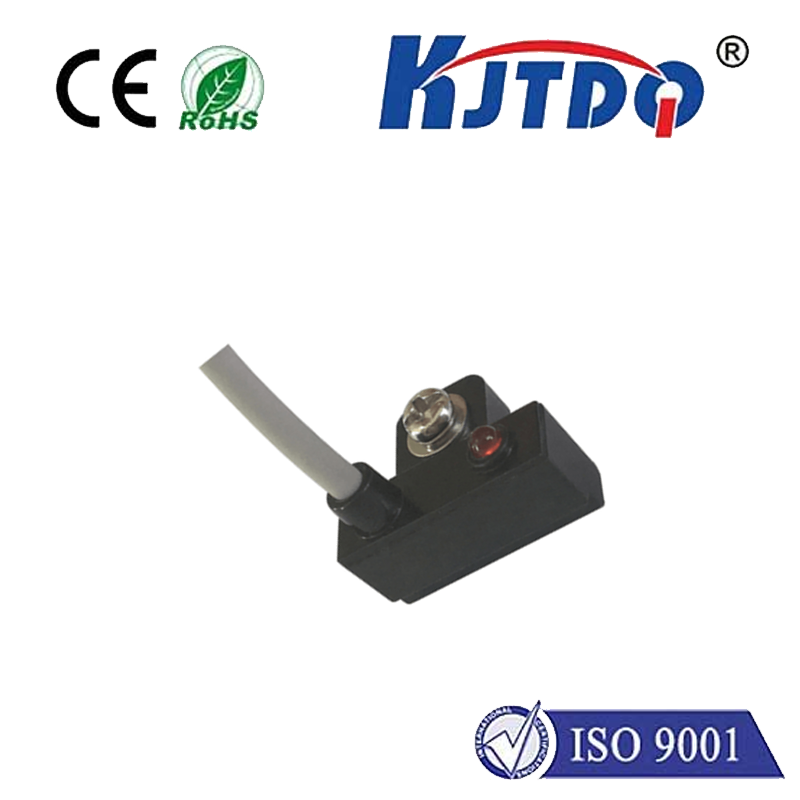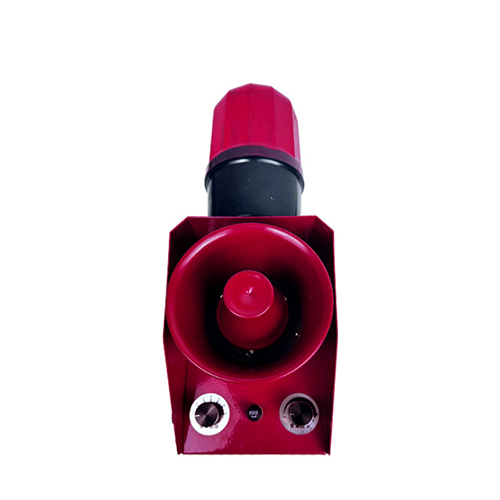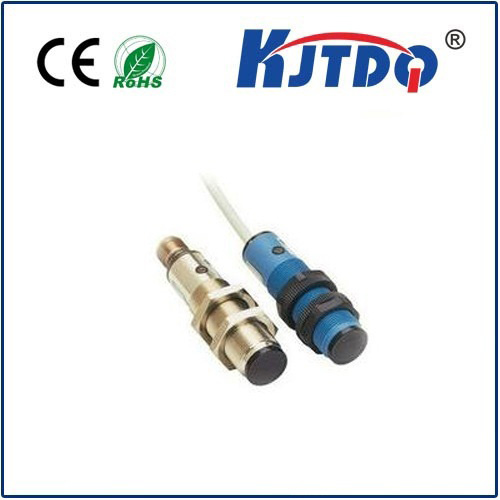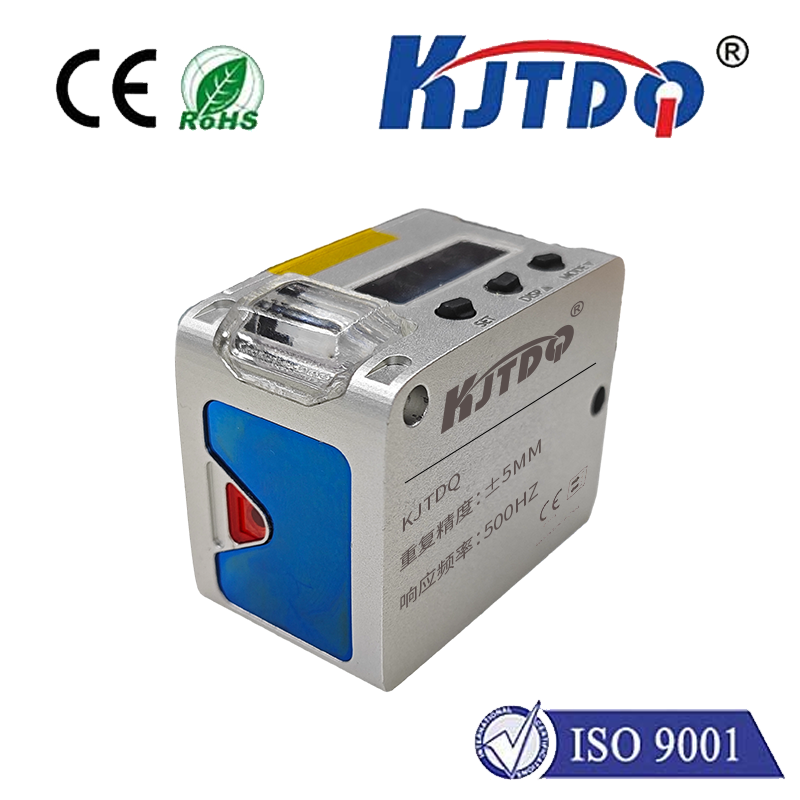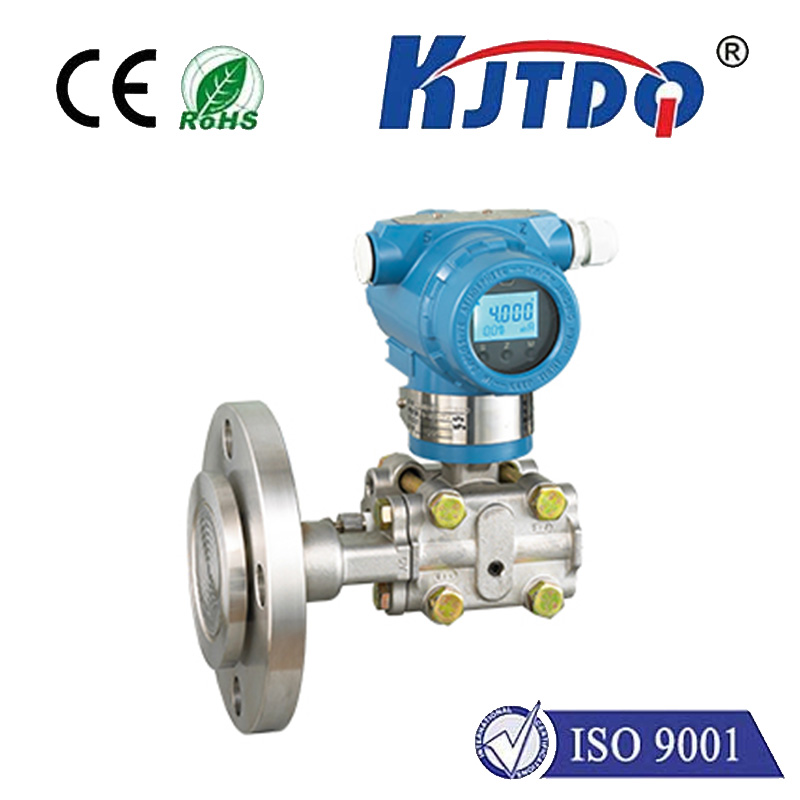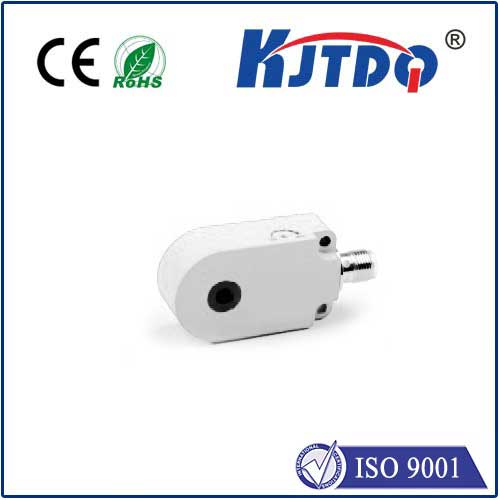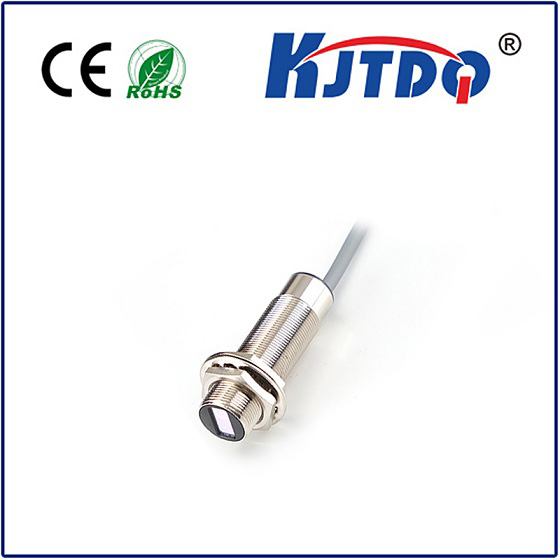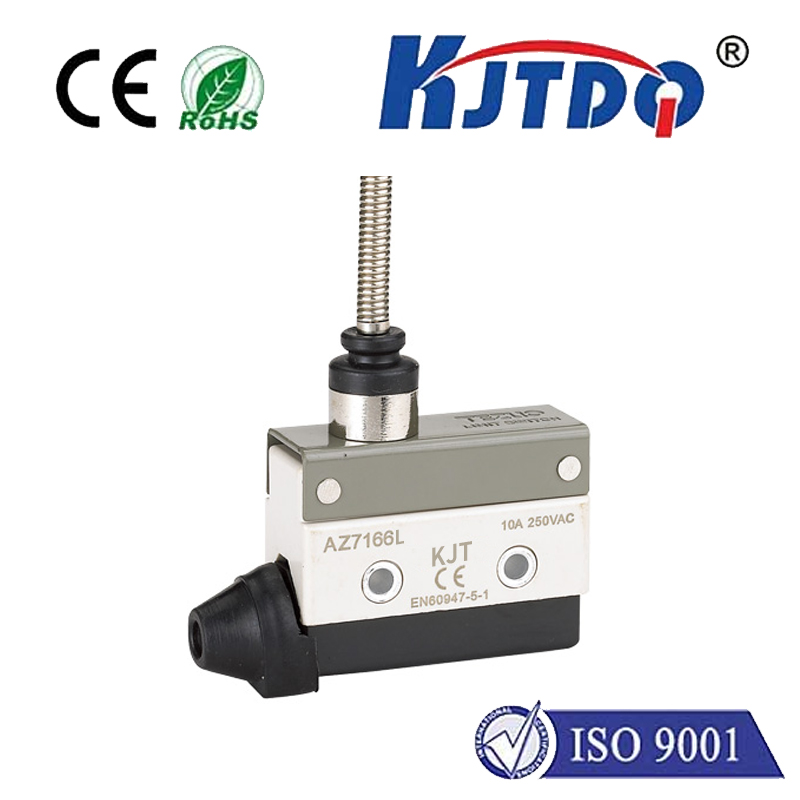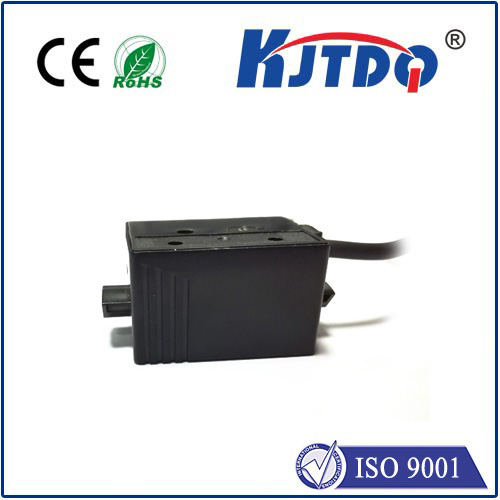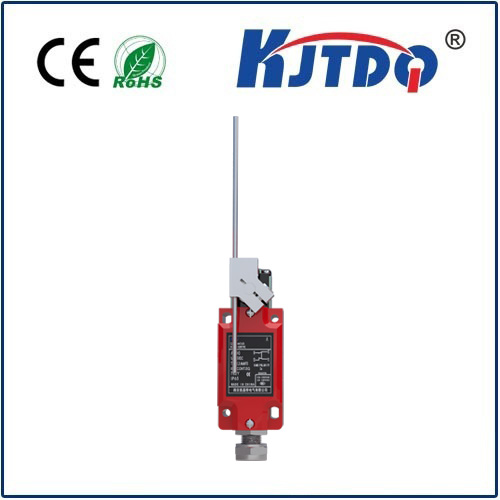

check

check

check

check

check

check

check

check

check

check

Capacitive distance measurement is a widely used technique for determining the distance between two objects. It is based on the principle that the capacitance between two conductors changes when they are brought close together. This change in capacitance can be measured and used to determine the distance between the objects. In this article, we will discuss the basics of capacitive distance measurement, its applications, and its advantages over other distance measurement techniques. The Basics of Capacitive Distance Measurement Capacitive distance measurement works by creating an electric field between two conductive plates. When a dielectric material, such as air or plastic, is placed between the plates, it alters the strength of the electric field. The change in electric field strength is directly proportional to the distance between the plates. By measuring the change in capacitance, we can determine the distance between the objects. There are two types of capacitive distance measurement: parallel plate capacitors and concentric cylinder capacitors. In parallel plate capacitors, the two conductive plates are parallel to each other, while in concentric cylinder capacitors, one plate is inside the other. Both types have their own advantages and disadvantages depending on the application. Applications of Capacitive Distance Measurement Capacitive distance measurement has many applications in various industries. Some of the most common applications include:
